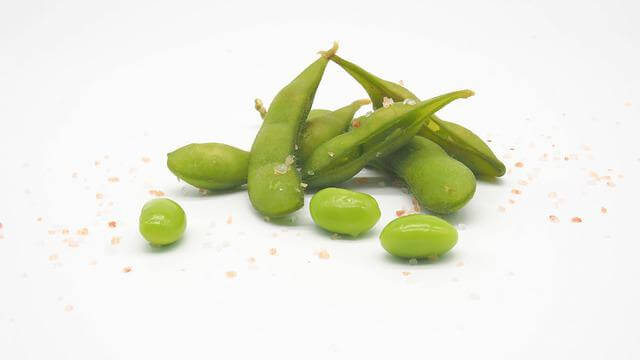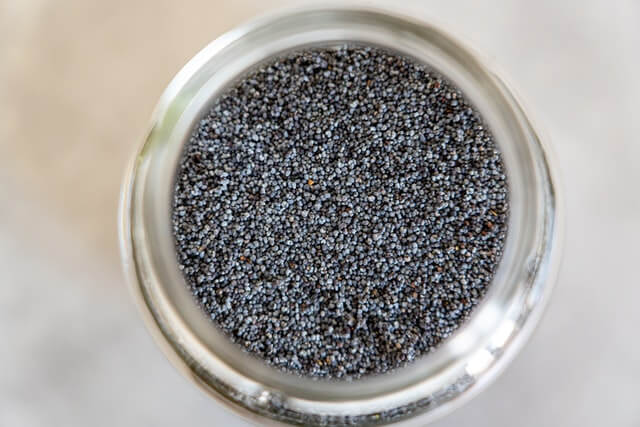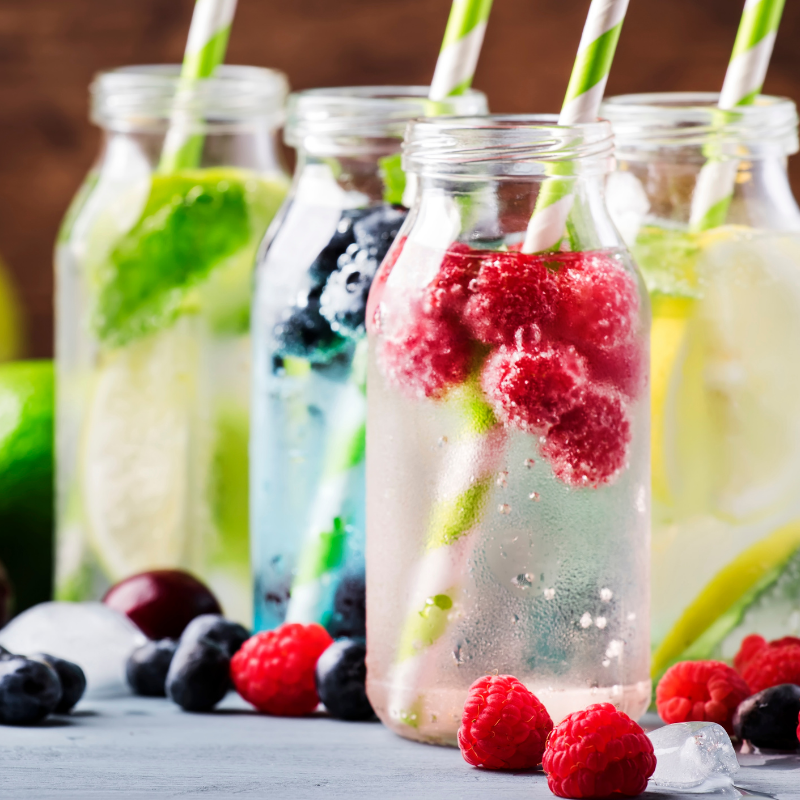It is an established fact that both men and women lose muscle and experience increased body fat percentages as they age.
Muscle mass makes us look slimmer, better toned, and allows us to perform better physically. Experts agree that the imbalance that leads to muscle loss begins around age 50, although some studies suggest it might start earlier. While it is important for middle-aged and older adults to stay active and eat properly to maintain muscle mass, it is also very important for young adults to get a jump on their health to preserve muscle strength over time. Working-out and weight training helps to retain or even add muscle mass, but this will only happen if enough protein is consumed.
It’s important that we eat enough protein each day to cover our body’s needs and maintain muscle mass, especially as we age. Protein helps your body to maintain a proper fluid balance, builds and repairs tissues, transports nutrients, and provides other essential functions. Each protein is made up of smaller building blocks called amino acids. Because the body cannot store amino acids, it must get a regular supply from the diet.
The U.S. government’s RDA (Recommended Daily Allowance) is less than ideal and you will fall short if you follow it.
A good general guideline is for women to consume approximately 75 grams per day and for men to consume approximately 100 grams per day. You can double each of those amounts if you consistently engage in heavy exercising.

Not only will this help you avoid the loss of lean muscle mass as you age (sarcopenia), but consuming the right amount of protein will also help with controlling weight and appetite.
Lean meats like chicken or turkey breast are excellent sources of protein. For those of you who like smoothies or shakes, adding 25 grams of protein powder to your shake from a source like whey protein is a good choice. Whey protein has also been found to enhance immune function.
Protein Before and After a Workout
The evidence from research is mixed when it comes to consuming protein before or after a workout for best absorption and muscle gain. Many experts suggest you should consume protein within a certain window of time. such as within 2 hours of a workout.
For muscle and fitness gains, the timing is not as important as the overall amount of protein you consume in a day.

GOOD SOURCES OF PROTEIN
When it comes to consuming adequate amounts of protein, variety is important to ensure you get all the essential amino acids your body needs. Some foods that are high in protein, with all essential amino acids, include:
- Three ounces of skinless chicken – 28 grams
- Three ounces of steak – 26 grams
- Three ounces of turkey – 25 grams
- Three ounces of tuna or salmon – 22 grams
- Three ounces of shrimp – 20 grams
- Six ounces of Greek yogurt – 18 grams
- Four ounces of one percent fat cottage cheese – 14 grams
- One ounce of soy nuts – 12 grams
Nuts and seeds are also good sources of protein as a one-ounce serving has between four and seven grams of protein. There is also a variety of plant-based protein on the market today:
Resource Link: Protein Content of Common Foods PDF

Popular plant-based proteins include:
Quinoa – an ancient grain that looks similar to couscous but has a crunch texture and nutty flavor. It is a great rice substitute and can be added to many dishes or salads.
1 cup of cooked quinoa = 8 grams of protein. It is also a good source of magnesium, iron, zinc, and fiber.
Tofu, tempeh, and edamame (derived from soybeans)
Tempeh is much chewier and nuttier than tofu and made from fermented soybeans, which are often combined with other seeds and grains to form a firm, dense cake.
3 oz of tempeh = 11 grams of protein). Also a good source of fiber, iron, potassium, and calcium.
Tofu is made from coagulated soy milk pressed into white blocks and comes in a variety of textures from soft to firm. It is a little bland in taste and picks up the flavor of the foods with which it’s cooked.
3 oz tofu = 8 grams of protein.
Edamame beans are whole, immature soybeans, usually steamed or boiled, and can be eaten as a snack or mixed with salads, soups, and grain bowls.
1/2 cup of edamame = 11 grams of protein. Also a great source of fiber, iron, calcium, and vitamin C.

Amaranth – a great gluten-free grain alternative. It is a grain that can be boiled and eaten as porridge or a side dish. Adds texture to salads or granola bars.
1 cup cooked = 9 grams protein. Ground into a flour, it can be used for gluten-free baking.
Buckwheat – a grain whose hulled kernels or groats can be cooked as you would oatmeal.
1 cup cooked = 6 grams protein. Also a good source of essential minerals, including phosphorus, manganese, copper, magnesium, and iron.
Ezekiel Bread – made from sprouted whole grains and legumes including barley, soybeans, wheat, lentils, millet and spelt.
2 slices of bread = 8 grams of protein.
Spirulina – blue-green algae and supplement that can be consumed in tablet form or powder to be easily added to smoothies, soups, salads, or granola bars.
1 tablespoon = 7 grams of protein.
Chia Seeds – tiny black or white seeds that can absorb liquid and form a gel-like substance. May be used to make puddings or jams or as an egg substitute for vegan cooking. Seeds can also be used raw as a topping for oatmeal or salads, and mixed into baked goods or added to smoothies.
2 tablespoons = 4 grams of protein. Also a good source of omega-3s, iron, calcium, magnesium, and selenium.

Rice and Beans – Good to eat together. Combined they contain all 9 essential amino acids. 1 cup = 12 grams of protein ( and 10 grams of fiber).
Pita and Hummus – a popular middle eastern dish, pita bread combined with hummus (a dip made from chickpeas) is a delicious snack or appetizer.
1 round pita bread plus 2 tablespoons of hummus = 7 grams of protein.
Peanut Butter – a popular lunch sandwich, contains 14 grams of protein (two slices of whole wheat bread + 2 tablespoons of peanut butter).
Remember protein plays a key role in the creation and maintenance of every cell in our bodies. It fuels our cells and powers our bodies. Consider some of the options above to make sure you are getting enough protein in your diet. It is also important to watch your calories, sugar, and salt intake for overall good health.


